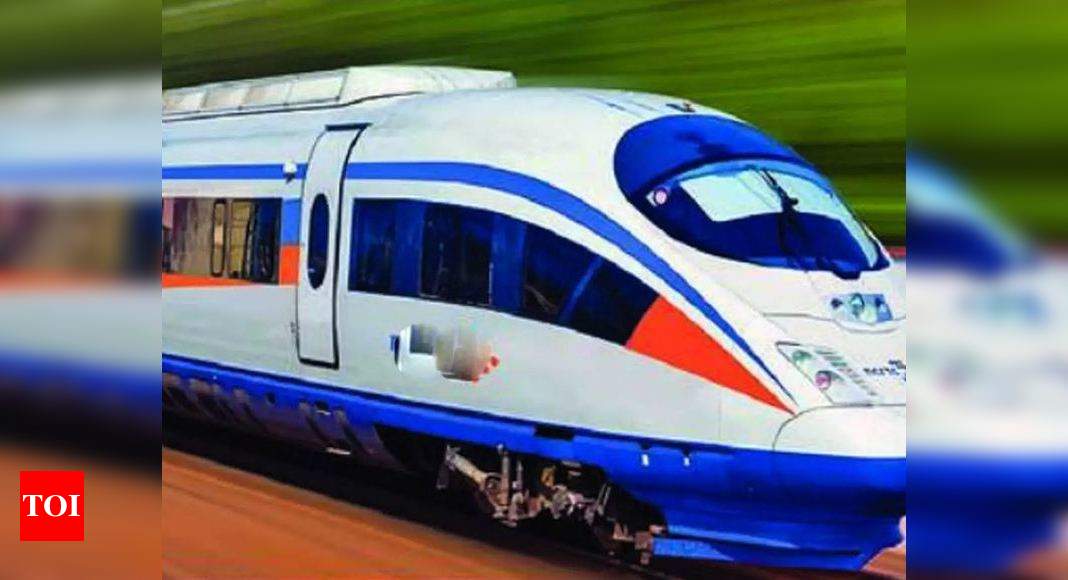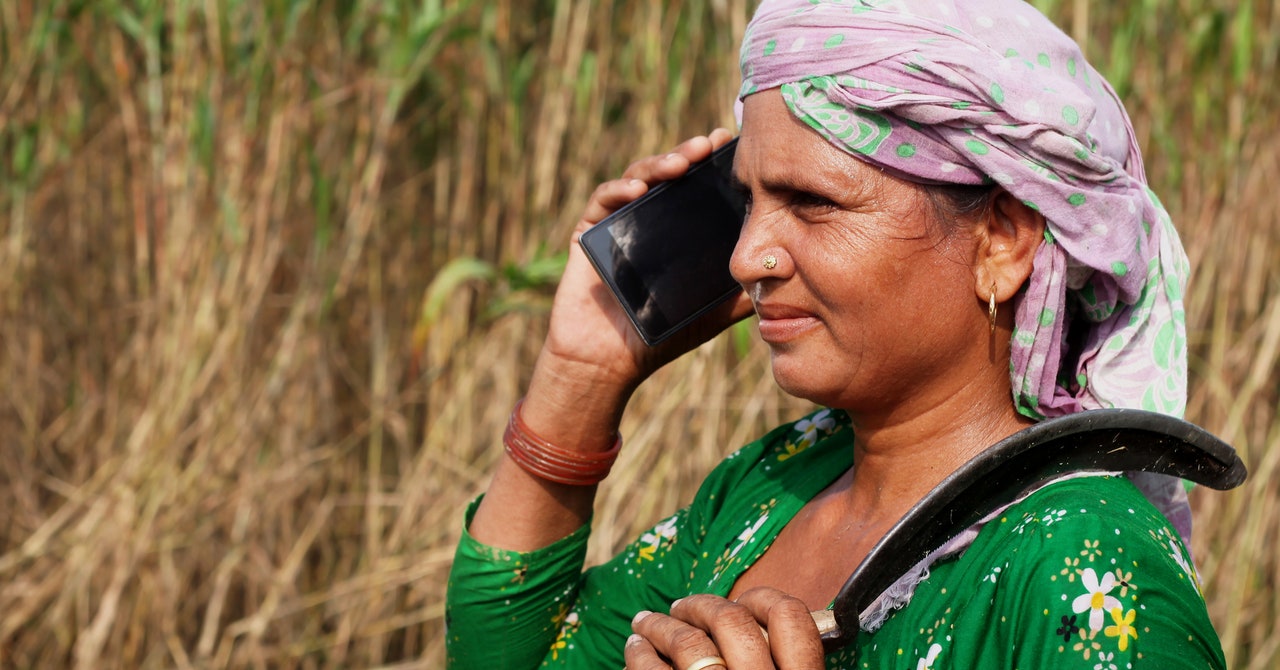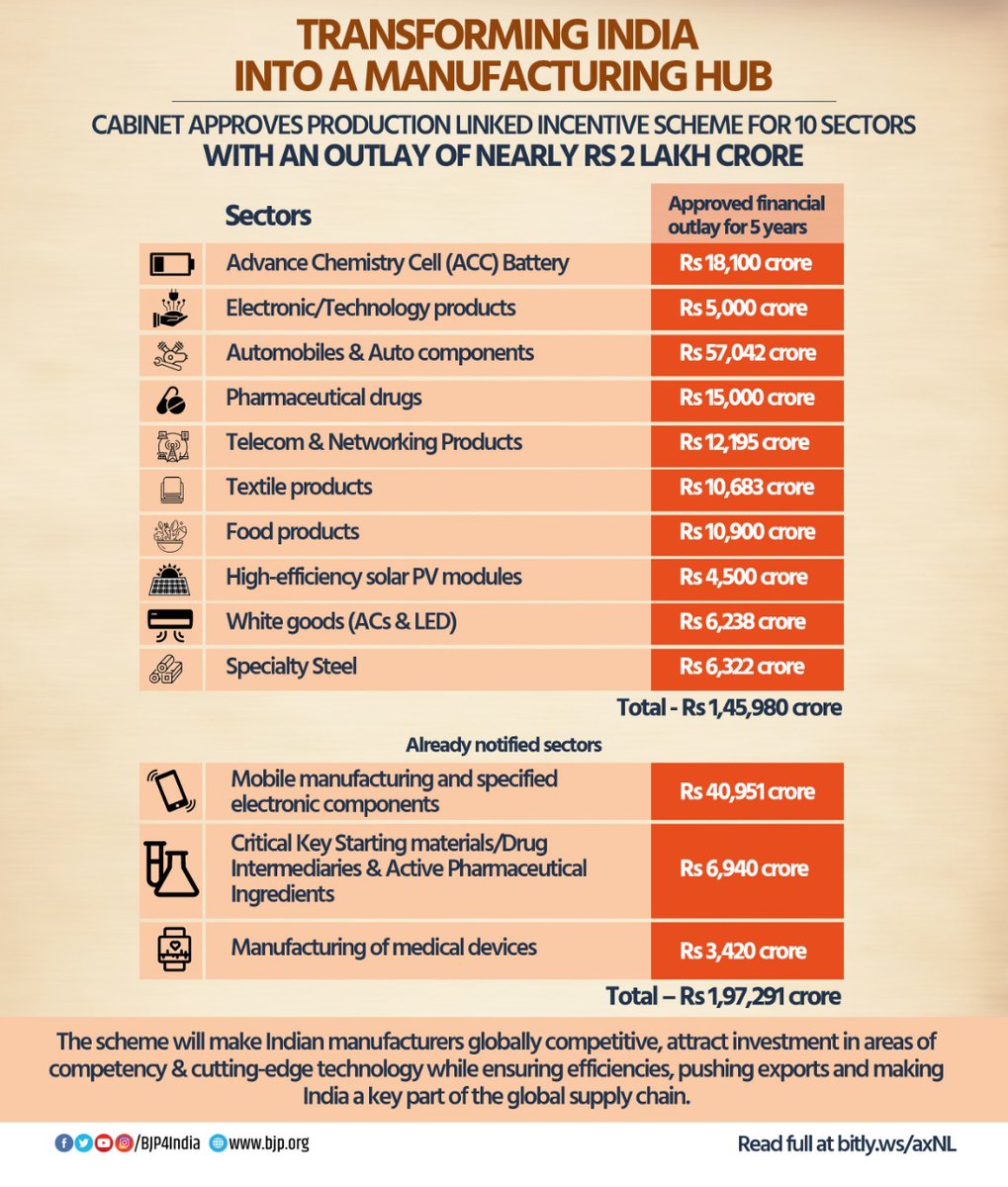NEW DELHI: In an encouraging begin to the new yr, monetary companies main Nomura on Monday mentioned its weekly tracker

www.pehalnews.in
NEW DELHI: In an encouraging begin to the new yr, monetary companies main
Nomura on Monday mentioned its weekly tracker that measures
economic normalisation in India, has touched a new high beginning January reflecting a additional moderation in new instances and likewise indicated an financial upcycle in 2021.
Led by an enchancment in mobility indices, in sync with the vacation season, the Nomura India Business Resumption Index (
NIBRI) picked as much as 94.5 for the week ending 3 January from a mean of 91.7 December.
“Since its trough in April, economic normalisation has continued nearly uninterrupted, with NIBRI ending 2020 just around 5.5 percentage points below pre-pandemic activity levels,” Nomura mentioned in its report ‘Economic normalisation continues apace’.
Finance secretary Ajay Bhushan Pandey in an interview instructed ET that transactions below the products and
services tax (GST) present that the economic system is on a continued path of restoration even after a resurgence of Covid-19 forcing reimposition of motion restrictions and lockdowns in main elements of the nation.
December GST collections at report Rs 1.15 lakh crore, up about 12% year-on-year, was the very best since April 2019 whereas the tempo of contraction in exports slowed to 0.8% final month from 8.74% decline in November.
As per the Nomura tracker, energy demand has additionally been robust, though the newest week corrected by 2.7% week-on-week after rising by 2.7% and three.1% over the previous two weeks. The labour participation charge eased to 40.3% in early January from 40.9% in December.
“This faster normalisation reflects a further moderation in new cases, despite the festive and winter season,” it mentioned, including that in tandem, exercise knowledge like auto gross sales, import development, GST proceeds, manufacturing PMI and diesel gross sales improved.
Similarly, the well being of the India’s manufacturing sector continued to strengthen with the IHS Markit India Manufacturing Purchasing Managers’ Index rising to 56.4 in December, a tick larger than November’s studying of 56.3, knowledge launched on Monday confirmed.
The Japanese monetary companies agency mentioned that whereas weak international development and a sudden volte-face on home pandemic management are key quick time period dangers, over the medium time period, simpler monetary circumstances, stronger international demand and accelerated vaccinations may result in an financial upcycle in 2021.








